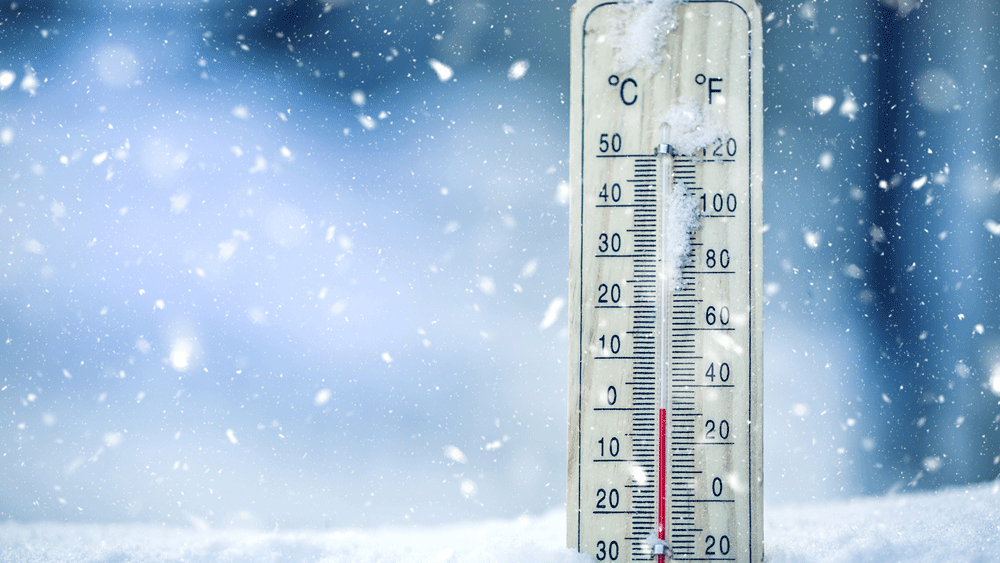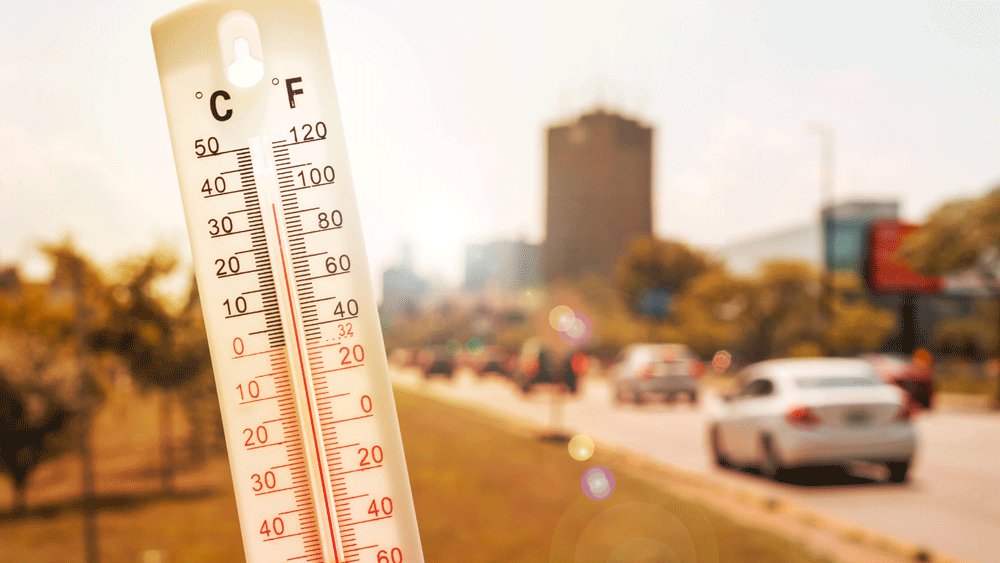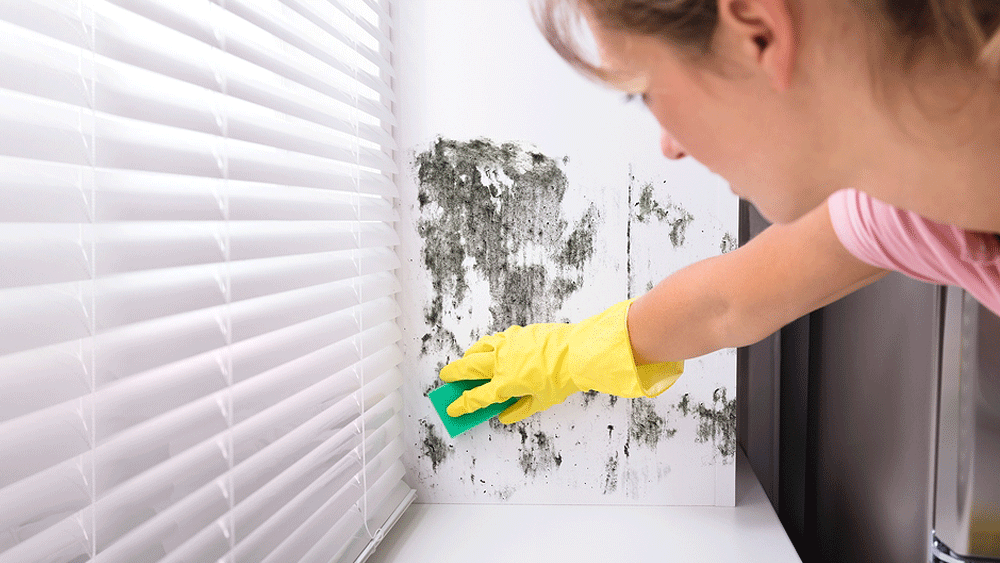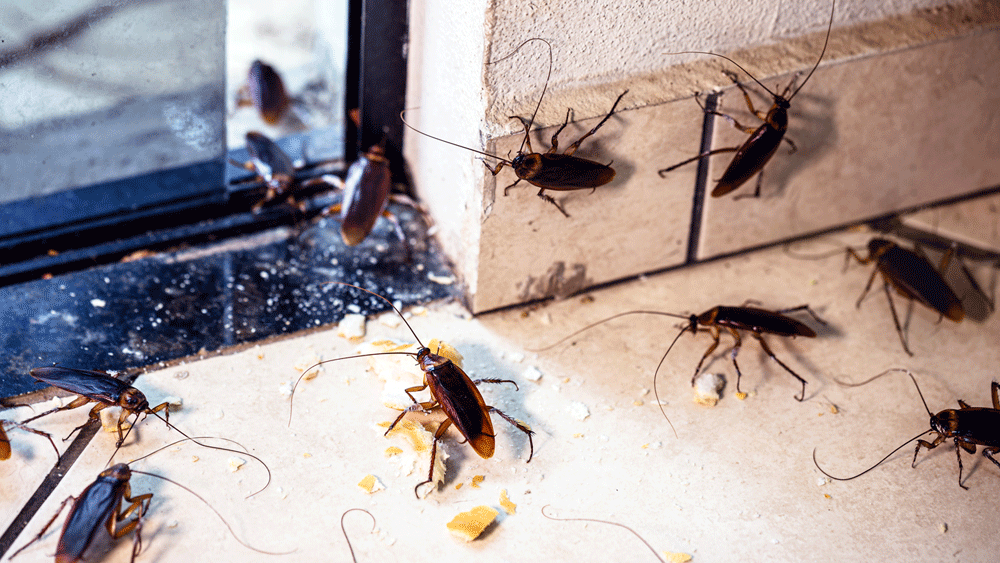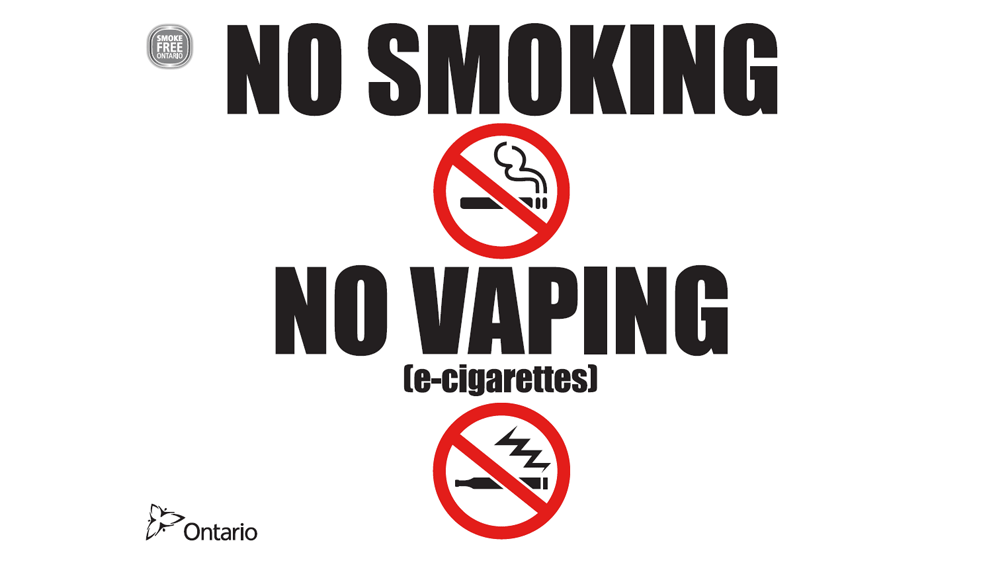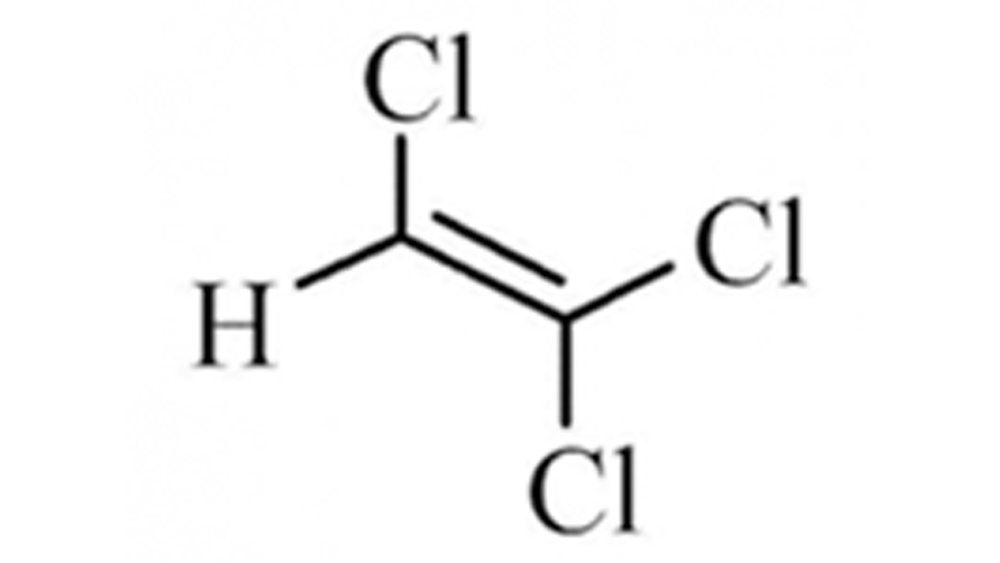Health Hazards
Hazards to our health can be found in many different shapes and forms, both inside our homes and in the surrounding outdoor environment. There are varying degrees of risk depending on the type of hazard and how much you have been exposed to it. Understanding the risks can help us take action to avoid them. There are:
- Physical hazards - like extreme temperature or radiation from UV light or radon gas
- Chemical hazards - like nitrogen dioxide (NO2) from air pollution or lead (Pb) from old water pipes
- Biological hazards - like bacteria, viruses, fungi, plants or animals
Healthy Home Guide
The Government of Canada’s Healthy Home Guide is a great resource to help you learn about the common health risks in your home, and how to protect your health and the health of your family.
Questions or Concerns
If you have questions or concerns about a health hazard in your home or in the community, please call the Middlesex-London Health Unit (MLHU) at 519-663-5317. Public Health Inspectors can help answer your questions and determine what steps are needed to address your concern.
For concerns related to rental housing standards (like a leaky roof, pest infestation, no heat, overflowing garbage, etc.), please contact your local municipal by-law enforcement department. To resolve disputes between landlords and tenants, please contact the Landlord and Tenant Board at 1-888-332-3234.
Climate Change
Climate change poses a wide range of hazards to the health of Canadians. These include an increase in extreme weather events, like floods and wildfires, an increase in extreme heat waves, an increase in air pollution like smog, an increase in habitat range of vectors, like mosquitos and ticks, that transmit infectious diseases, a decrease in food quality due to crop damage from changes in temperature and precipitation, and a decrease in water quality due to contamination of water sources through flooding.
Learn more about:
- How climate change is affecting human health, who is most at risk and what we can do to reduce the impacts.
- The MLHU report (2014) on the Assessment of Vulnerability to the Health Impacts of Climate Change in Middlesex-London (PDF).
- The Chief Public Health Officer of Canada’s Report (2022) on Mobilizing Public Health Action on Climate Change in Canada.
Legionella and Cooling Towers
Legionella are bacteria that live in water and can cause two types of illness: Legionnaire’s disease and Pontiac fever, a milder version. Stagnant, warm water and the presence of biofilm, scale and sediment can promote the growth of this bacteria.
Hot weather is hard on cooling tower systems (CTS). As temperatures rise, the systems must work longer and harder, making it less efficient and more prone to problems. Warm, stagnant water with dirt or build-up can also promote the rapid growth of Legionella bacteria.
Outbreaks are most often linked to large, complex water systems in buildings such as hotels, apartment buildings, long-term care homes, factories, and large buildings. Exposure occurs when people inhale aerosolized water droplets from sources like, whirlpool bathtubs, hot tubs, decorative fountains, and especially cooling towers that are part of centralized air conditioning systems.
To protect your building and the people in it, preparation is key. Work with your water management team and use this quick checklist to reduce risks:
- Plan ahead: Watch the weather and get ready for very hot and humid days.
- Check Treatment: Make sure you have enough chemicals and talk to your water treatment company about any changes needed for hot weather.
- Check Equipment: Have your cooling tower and related parts (like pumps and chillers) looked at to be sure they are working properly.
- Protect Your System: Keep a closer eye on your system during heat waves. Sometimes you may need to add more treatment to stop bacteria from growing. Acting fast can prevent damage, breakdowns, and health risks.
- Save Energy: During very hot days, save energy and money by raising your thermostat and decreasing power demand where you can during periods of extreme hot weather.
Additional Resources:
- Cooling Tower Cleaning and Disinfection Fact Sheet (PDF)
- The Centers for Disease Control and Prevention (CDC) Cooling Tower Illunstration and Definition.
- The Centers for Disease Control and Prevention (CDC) Remediation Protocols
- The Centers for Disease Control and Prevention (CDC) Toolkit: Developing a Water Management Program to Reduce Legionella Growth and Spread in Buildings
- The PreventLD Training, which aligns with industry standards (ASHRAE 188 - 2021) on managing risk for Legionella bacteria
- Safe Cooling Tower Operation During Heat Waves (PDF)
- Legionnaires' Disease
Mould
Mould is the common word for any fungus that can grow on building material in homes. Mould growth can influence air quality because both spores and mycelial fragments are dispersed into the air and can be inhaled. Exposure to mould may be associated with symptoms such as coughing, wheezing and eye, nose and throat irritation. Some people are more susceptible to the health effects of mould than others. This may include children, seniors and people with medical conditions like asthma.
No exposure limits have been set by Health Canada. This means testing for the presence of mould in air cannot be used to assess risks to the health of building occupants. It is important to prevent mould growth by fixing any moisture problems right away and controlling humidity levels in your home.
Additional Resources:
- How to identify, prevent and get rid of mould in your home.
- Guide to addressing moisture and mould indoors
Pests
Infectious diseases such as West Nile Virus, Lyme disease and Hantavirus can be carried and spread by pests such as mosquitos, ticks and rodents. Indoor household pests such as cockroaches can trigger asthma and allergy symptoms. Although bed bugs can be a source of stress and negatively impact mental health and wellbeing, they are not known to spread disease to humans, and therefore, are not considered a health hazard.
Learn more about:
- How to deal with common household pests like bedbugs, cockroaches and mice.
- Using pesticides safely, including insect repellents or pesticides on your lawn or inside your home.
Last modified on: August 26, 2025


